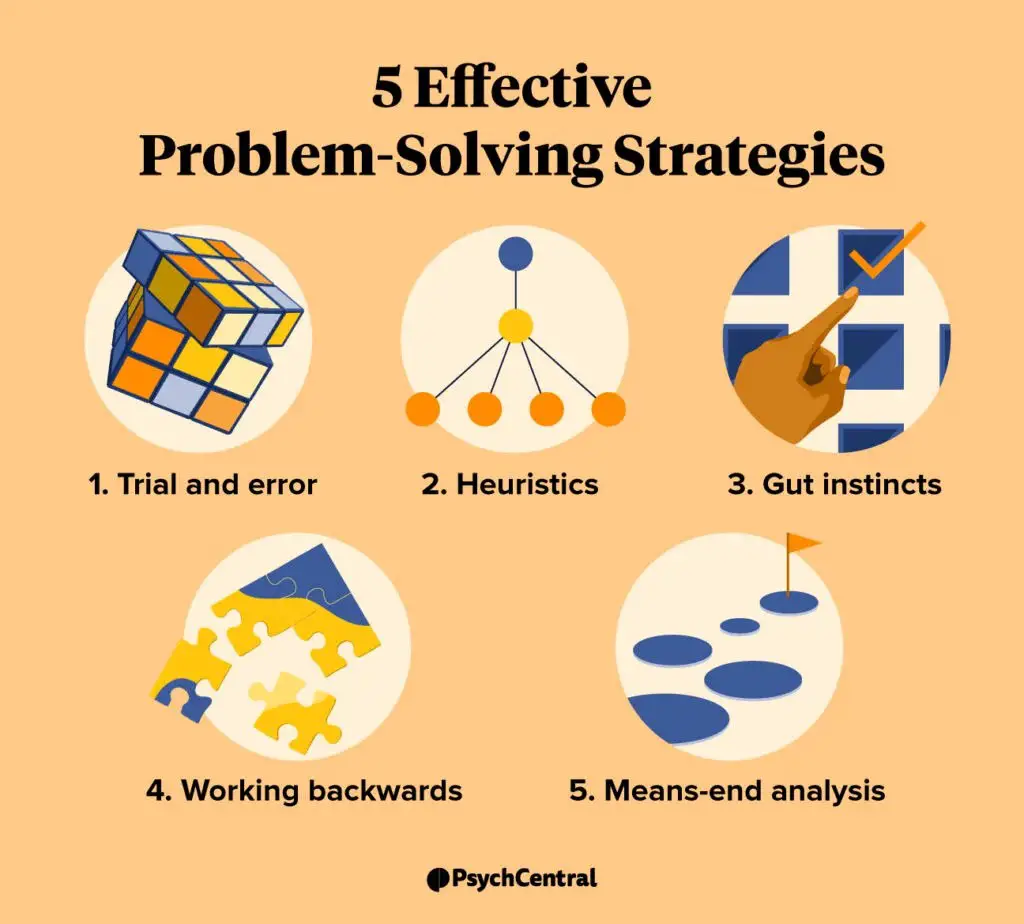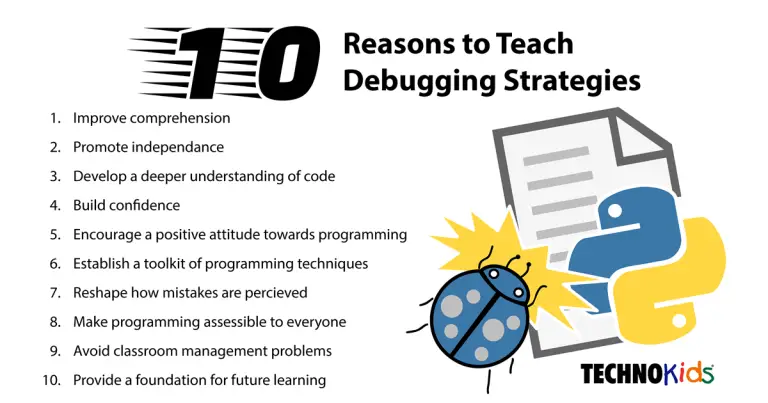Debugging 101: Strategies For Efficient Problem Solving

Executive Summary

Debugging is an essential software development skill, crucial for identifying and fixing defects that can hinder application or system performance. To debug effectively, developers employ a range of strategies. This article presents a comprehensive guide to debugging 101, including essential concepts, techniques, and best practices for swift and efficient problem resolution.

Introduction
When a software program encounters defects or errors, debugging becomes necessary to identify and rectify the underlying issues. Developers leverage various debugging strategies to isolate and fix these bugs, ensuring the program’s smooth operation and expected functionality.
Top 5 Debugging Strategies
1. Identify the Bug
Description: The first step in debugging is to identify the manifestations of the bug. Developers examine error messages, inspect code behavior, and review user feedback to pinpoint the source of the problem.
- Analyze error messages: Error messages provide valuable clues about the nature and location of the bug.
- Use logging and tracing: Logging statements and tracepoints help track code execution and identify suspicious behavior.
- Inspect variable values: Reviewing variable values can reveal inconsistencies or unexpected data that may indicate a bug.
2. Reproduce the Bug
Description: Once the bug is identified, it is essential to recreate the conditions under which it occurs. Reproducing the bug allows developers to isolate the issue and trace it back to its root cause.
- Create a test case: Define a specific set of inputs and steps that trigger the bug.
- Use version control: Track code changes and rollback to previous versions to isolate the bug’s introduction.
- Set breakpoints: Place breakpoints in the code to halt execution and inspect variable values at specific points.
3. Isolate the Cause
Description: With the bug reproduced, the next step is to isolate the specific code or component that is causing the issue. This involves examining the call stack, analyzing logs, and testing different code paths.
- Review the call stack: Identify the sequence of function calls that lead to the bug.
- Analyze logs: Inspect logs for patterns or errors that may indicate the root cause.
- Test different inputs: Vary input values to isolate the specific input that triggers the bug.
4. Fix the Bug
Description: Once the root cause of the bug is isolated, developers must implement a solution to fix the issue. This involves modifying the code, updating configurations, or implementing workarounds.
- Make necessary code changes: Correct the erroneous code or implement a workaround to avoid the bug.
- Update configurations: Review and adjust system or application configurations to resolve the issue.
- Perform unit testing: Conduct unit tests on the affected code to verify the fix.
5. Verify the Fix
Description: After implementing the fix, it is crucial to verify whether the issue has been resolved. This involves re-running the tests or deploying the updated code in a test environment.
- Re-run the test case: Execute the test case that previously triggered the bug to confirm its resolution.
- Deploy to a test environment: Release the updated code to a test environment to monitor its behavior under real-world conditions.
- Gather user feedback: Collect feedback from users to ensure the bug is fixed from their perspective.
Conclusion
Debugging is a fundamental skill for software developers. By understanding the essential strategies outlined in this article, developers can effectively identify, reproduce, isolate, fix, and verify bugs. These strategies empower developers to resolve problems efficiently, ensuring high-quality software that meets user expectations and ensures system stability.
Keyword Tags
- Debugging
- Problem Solving
- Software Development
- Error Handling
- Code Optimization

Debugging is imp0rtant because it allows programmers to fix pr0blems in their code. There are many different debugging strategies, but some of the most common include printing statements, stepping through the c0de, and using a debugger. In addition to these general strategies, there are also some specific debugging tips that can be helpful for different types of bugs.
I don’t understand why debugging is so important. If a program doesn’t work, just rewrite it!
Debugging is like trying to find a needle in a haystack. But instead of a needle, it’s a bug, and instead of a haystack, it’s your code.
Oh, debugging. The most fun you can have with your clothes on.
I love debugging! It’s like a puzzle, and I love solving puzzles!
Debugging is the worst! I can never find the bugs in my code.
Debugging is a skill that takes time and practice to develop. But it’s worth it, because it can save you a lot of time in the long run.
I don’t think debugging is that important. Most bugs are just minor annoyances.
The best way to debug your code is to delete it and start over.
Debugging is like trying to defuse a bomb. If you’re successful, you’re a hero. But if you fail, you’re just another casualty.
Oh, debugging. It’s like the easter bunny. Everyone talks about it, but nobody’s ever actually seen it.
I love debugging! It’s so rewarding to find the bug and fix it.